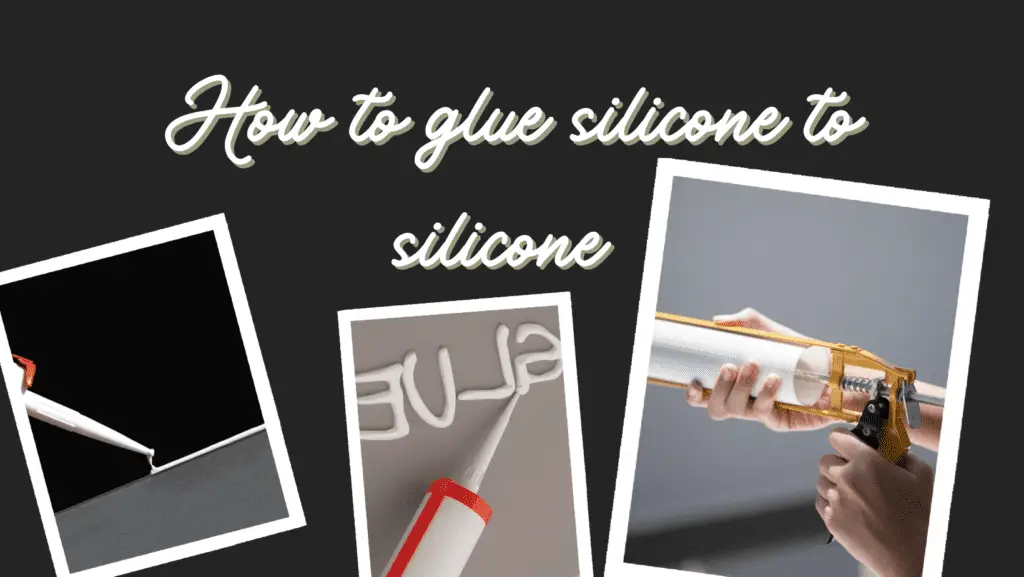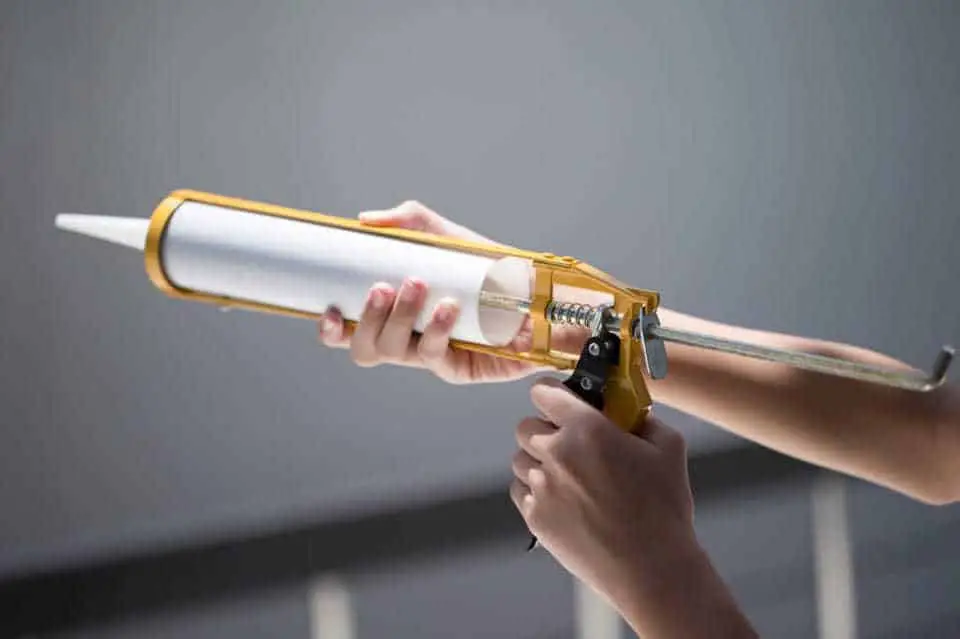
Have you ever had to try gluing with rubber, for example, the soles of your shoes with your rubber boots? The task of fastening two silicone parts together is not an easy one. If you do not have the skills or choose a suitable adhesive, the success rate is meager.
How to stick silicone to silicone? You need to follow the steps below to fasten the two pieces of rubber together:
- Smoothen the rubber.
- Clean the surface.
- Apply adhesive promoter.
- Apply accelerator/activator.
- Warm up the surface.
- Put silicone-based glue.
- Put some pressure.
- Finish gluing the seam.
Are you still confused? Don’t worry because Gluecare will analyze each step in detail for you to follow easily.
Things You’ll Need
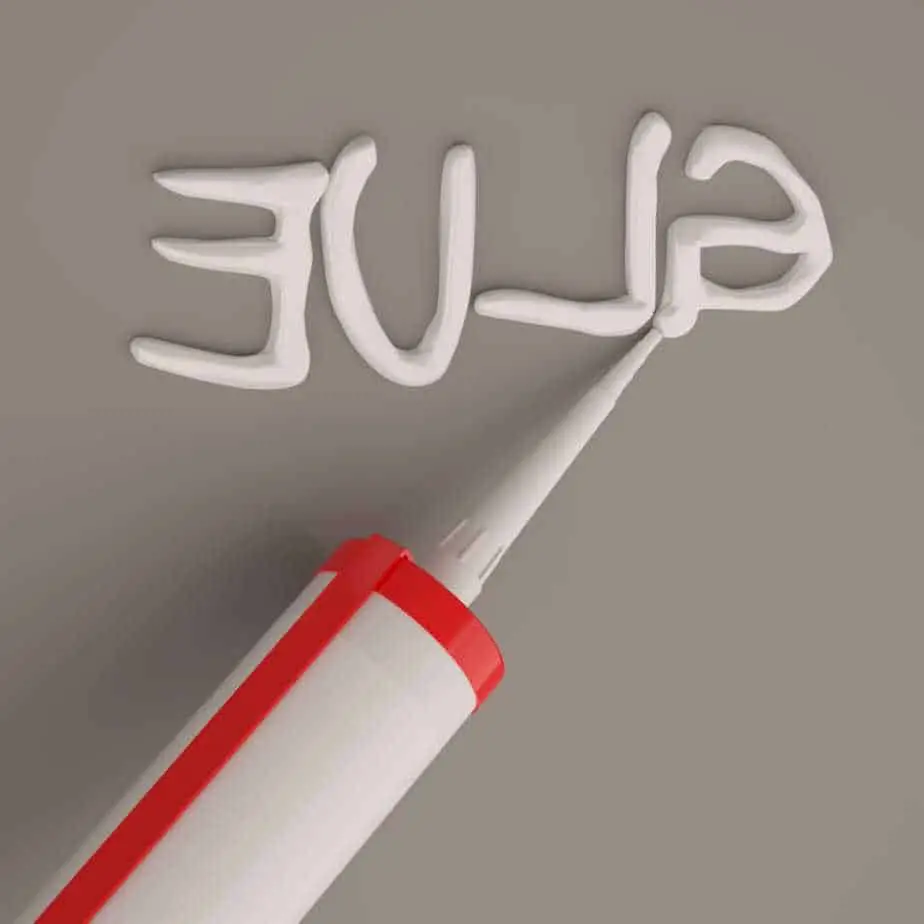
You will need to prepare some tools before you want to adhere the two rubber pads together. The list of essential items includes:
- Silicone glue.
- Accelerator/activator.
- Adhesive promoter.
- Sandpaper.
- Hairdryer/heat gun.
What glue can I use to stick silicone to silicone? The only thing that can bind rubber is itself. So, consider choosing the suitable adhesive before embarking on the project. This type of compound also comes with features that help increase grip very well.
If you want to stay away from isocyanate chemicals, you won’t have many options on the market.
The best way is to use a polyolefin backing to cover the surface to bond the parts with a cyanoacrylate afterward. Good rubber glue should create flexibility without the “crunchy” feeling.
You do not need to use gloves during the rubber bonding process because it is entangled and easy to make mistakes.
How To Glue Silicone To Silicone?
Once we have all the materials ready, we will move on to the main steps.
Smoothing The Surface
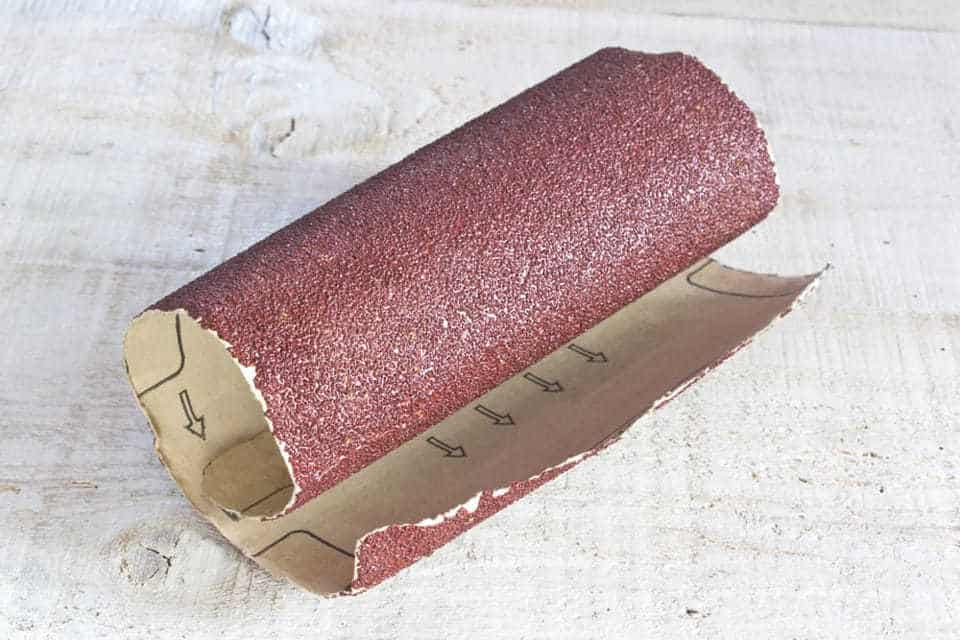
Rubber surfaces are usually relatively smooth and, therefore, difficult to stick together. The first step that you need to do is use sandpaper. It will make the surface of both pads rougher.
Cleaning The Surfaces
After sanding the surface, you need to clean them so that no residue remains. Using a solvent-soaked cloth with isopropanol will remove all lubricating impurities that interfere with the fastening process.
All other cleaners have a few downsides. White spirit and meth can leave residue, while acetone is quite a strong detergent.
Before continuing, you need to make sure the solvent has completely evaporated. You can also use a soft cloth to wipe the surface to remove any residue interfering with adhesion.
Applying Adhesive Promoter
The next step is to apply an adhesive promoter to both surfaces. This type of compound acts as a binding agent. They help to increase the bond between the coating and the substrate after the application process.
Applying Accelerator
In the next stage, you should use an accelerator to coat two surfaces. This action strengthens the bond between the two material layers and shortens the curing process.
Warming Up The Surfaces
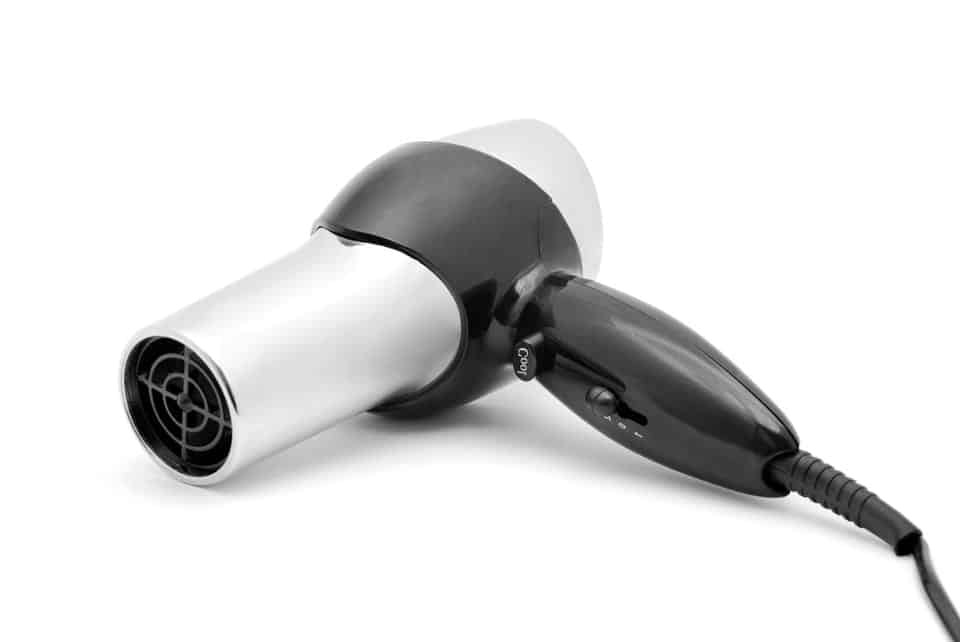
For two pieces of rubber to stick together, their surface needs to be warm. You can use a hairdryer or a heat gun for this process, depending on the tool you have.
A small note is not to let the surface get too hot. It’s best if you leave it warm. Otherwise, the rubber will melt very quickly. The temperature should fall in the 120°F range without exceeding it.
Using Glue
Choose silicone-based glues or caulks because only they stick together.
How to glue silicone back together is also very important. You should apply glue only to the part of the surface opposite the promoter area. Make sure you have used the glue evenly all over the surface.
Putting Some Pressure
For the two surfaces to bond more tightly, we need to add more pressure. If you leave them alone, the effect will not be as good as expected.
Press both surfaces together for a minimum of 15 minutes. You can extend it longer if you are not sure.
Refining The Seam
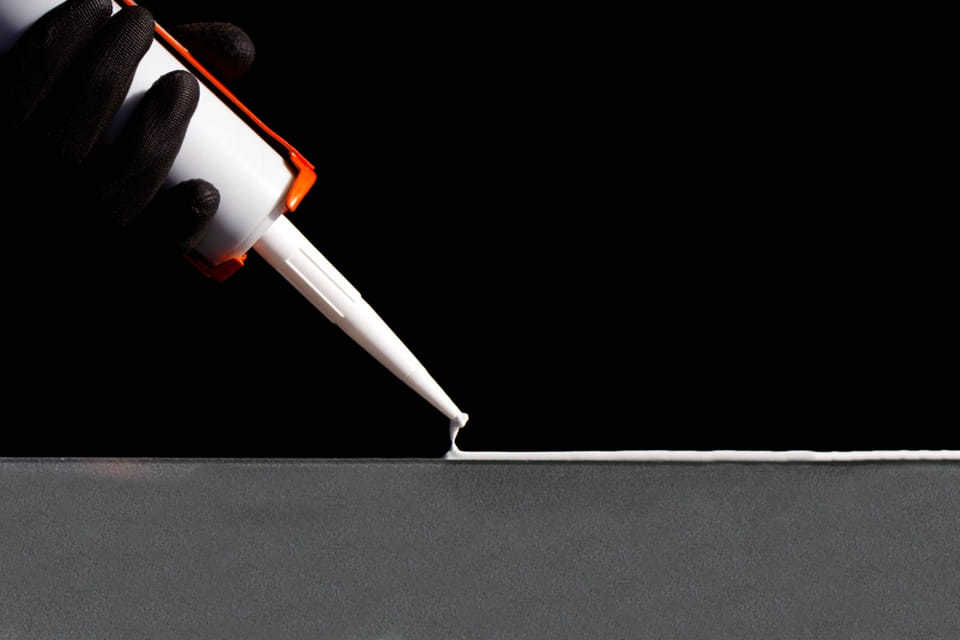
Not only connect two surfaces, but you can also bond and fill seams for a lasting bond. It is best to do this step last while the glue is still fresh.
Apply some sealant on the seam. Be very careful so that it doesn’t get around as it will deteriorate your product overall.
Then, spray a coat of activator to strengthen the entire area. You should also hold on for a few more minutes until the glue is completely dry.
Frequently Asked Questions
If you still want to learn more about how to glue rubber to rubber, keep reading.
How To Dissolve Silicone Glue?
To dissolve silicone, you can use isopropyl alcohol, acetone, or white vinegar. Spray or rub one of the solvents on the gum to dissolve it, then use a powder knife or razor to clean it.
You can then pour water over the area and wipe off the residue with a rag after it dries.
Does Hot Glue Stick To Rubber?
No. Hot glue does not have a good grip on smooth surfaces like metal or rubber. They slip easily and can sometimes burn you during the gluing process.
How Do You Reattach A Ripped Silicone Grip?
Connecting and repairing cracks in your silicone-based items is a difficult task, but not impossible. Please refer to this video to get the most accurate answer.
What Is Rubber Sealant?
The rubber sealant is a gel-like liquid adhesive. Its chemical composition differs from binders based on other organic polymers.
The advantage of this type of glue is that the elasticity is stable regardless of low or high temperatures. It is also very waterproof, so it is suitable for many kinds of weather. The downside is that this adhesive needs to go through a curing process.
The handling of this glue requires a great deal of patience. For rubber to cure, you need 5-95% humidity and 40-100°F temperature. Sometimes it will take a few days for the adhesive to become completely solid.

Final Thoughts
Can you glue silicone to silicone? Yes, you can, but with some unique techniques. Rubber is an exciting compound, and it won’t be easy to stick them together if you don’t learn the process thoroughly.
We hope this article has helped you in completing your construction project. Don’t forget to follow the website for more helpful information.
Thank you for reading!
Related article:
- How to Glue Felt To Wood: A Complete Walkthrough From Start-To-Finish
- How to Glue Glass to Wood: Tips and Techniques for Successful Project
